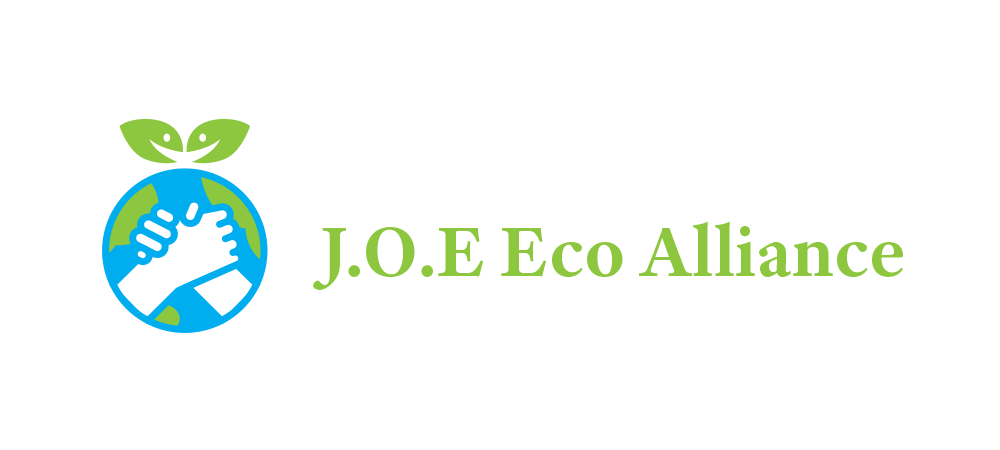气候变化带来的威胁迫在眉睫,全球若不采取行动,继续对当前温室气体排放情况置之不理,新加坡到了2100年将面对更炎热天气、海平面上升问题,以及南极冰架倒塌带来的强大破坏力。
联合国政府间气候变化专门委员会将在2022年发布第六次评估报告,我国已经准备检讨规划范围,将报告中的新预测纳入考量,以更好地应对气候变化带来的影响。
国务资政张志贤星期四(7月4日)在蚬壳石油公司举办的”共创未来”论坛上致辞时,详述我国在应对气候变化所做的方方面面准备,包括减排、促进与利益相关者的合作,以及加强我国面对气候变化的抵御能力。
也是国家安全统筹部长的张志贤说,我国资源有限,早在1960年代发展初期,气候变化仍未成为关注点之前,已经致力于打造一个绿色环境,而这份长期规划理念一直不变。
新加坡目前应对气候变化所采取的对策,是参考了新加坡气候研究中心所进行的第二份全国气候变化调查。这份调查是以联合国政府间气候变化专门委员会2014年发布的第五次评估报告预测为依据,从而为新加坡制定对策。
张志贤指出,如果全球各国不采取行动应对当前温室气体排放情况,到了2100年,我国可能面对平均每日气温比1980年至2009年间,上升4.6摄氏度的情况,而到时的全球海平面相比于1986年至2005年间,将上升达一公尺。
到时的这个情景还未将南极冰架倒塌可能带来的冲击纳入考量,而它所带来的影响一直备受全球科学家关注。不少外国媒体去年底也报道了南极冰架倒塌恐引发全球大规模水患等隐忧。
新加坡在这方面早已未雨绸缪,采取行动,包括在2011年已把新填海土地的最低填海水平调高一公尺,而未来的大型基础建设如樟宜机场第五搭客大厦和大士码头也都会建在更高平台。同时,政府也在探讨需要进一步采取哪些填海、建造防波堤(sea wall)等措施,更好地保护我国沿岸地带。
张志贤说:”这些是我国必须做出的重大投资,以保障我们的未来,应对未来几十年海平面上升所带来的影响。”政府会谨慎探讨各项措施的成本效益(cost-benefit)。
此外,新加坡也正在透过让资源来源更多元化和自给自足能力的加强,来强化我国气候变化应对能力。
张志贤说:”在我们加强韧性的同时,也会积极帮助企业将挑战转变为机遇,建造绿色建筑与研发节能科技,推动节能节水及节省土地的城市耕作”
例如,吉宝岸外与海事正在与本地研究机构合作设计可抵抗北极海洋与冰川情况的钻探平台(rig)和其他岸外设施。新科工程最近也获颁合同,为美国海岸卫队设计和建造能穿越极地冰区的新重型破冰船。
另一方面,蚬壳石油公司也在”共创未来”论坛上宣布于本地设立旗下首个全球城市解决方案生活实验室。
蚬壳石油公司将与政府、私人企业和各地社群紧密合作推动创新概念与先进科技,改善能源与资源的使用方式,朝更节能减碳的未来迈进。
张志贤说:”气候变化无疑是我们现在面对的最棘手全球挑战之一。我们现在就须要采取行动减低碳排放量并培养应变能力,以在这个世纪末和更长远的未来保护好我们自己。”

SINGAPORE – As a small, low-lying island state, Singapore will continue to take preventive action against the impact of climate change, Senior Minister Teo Chee Hean said on Thursday (July 4).
Mr Teo drew attention in particular to the Republic’s efforts in going low-carbon and managing rising sea levels in a speech at the sixth Asian edition of the Shell Powering Progress Together forum.
Singapore raised the minimum level for newly reclaimed land by 1m in 2011, a move that preceded the Intergovernmental Panel on Climate Change’s (IPCC) most recent report in 2014 by three years.
The report projected that global sea levels – relative to Singapore’s sea levels from 1986 to 2005 – will rise 1m by 2100 if the world’s current carbon emission trajectory remains unchanged.
But sea waters could potentially rise even further, Mr Teo noted, as the report did not factor in the impact from the possible collapse of melting Antarctica ice shelves.
“We are currently studying what further measures we need to take, such as reclamation, sea walls or pumping stations, to better protect our coastal areas,” said Mr Teo, who is also Coordinating Minister for National Security.
“By planning early, we can phase in the necessary measures so that the cost can be spread out over many years.”
For example, the new mega-port at Tuas Terminal and Changi Airport Terminal 5 will be built 1m and 1.5m above the minimum level required respectively.
The focus of this year’s forum was on sustainable energy use in future cities. At the forum, Shell launched its first global City Solutions Living Lab, to be located here.
A multidisciplinary team will develop technological solutions aimed at helping cities move people and goods with lower emissions and switch to cleaner energy options, while working together with city authorities.
Shell said it chose to base the lab in Singapore due to the city-state’s active push for energy transition and sustainability, its pro-business environment and Shell’s longstanding presence here, going back to 1891.
Singapore’s commitment to a green environment dates back to the 1960s and going low-carbon is an extension of that, said Mr Teo.
Singapore introduced a carbon tax earlier this year and is investing in infrastructure for more electric vehicles to reduce the nation’s carbon footprint.
The tax, currently set at $5 per tonne of greenhouse gas emissions in carbon dioxide equivalent, will be reviewed in 2023 with a view to increasing it to between $10 and $15 by 2030.
Mr Teo added that Singapore is happy to work with businesses like Shell who have adopted significant measures to reduce their carbon footprint.
“Businesses need to transform their business models for a world that demands corporate climate responsibility, and take advantage of the opportunities that this offers,” he said.
Source: Zaobao / The Straits Times






